Structured French Manicure: Step-by-Step Guide to White and Colored Designs
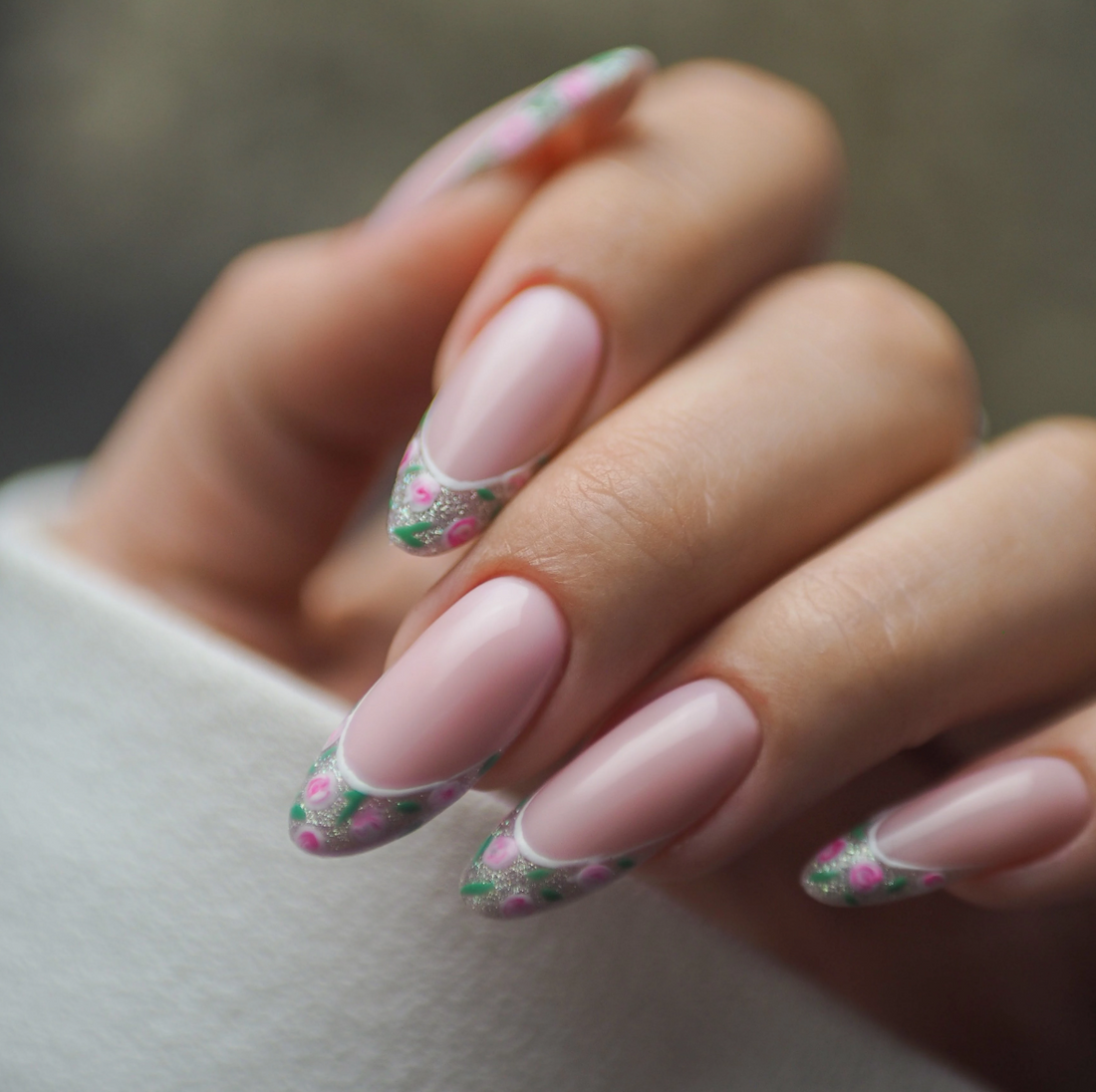
The structured French manicure is a modern twist on a timeless classic and it’s quickly gaining popularity. Thanks to easy access to high-quality products, tools, and online courses, even DIY nail enthusiasts are diving into this more advanced technique. But what exactly makes it so special? And how can you achieve it? Let’s explore!
Classic White French Manicure – Elegant and Timeless
The French manicure has long been a go-to for its natural, clean look. Traditionally, it features a soft pink or beige base with a crisp white tip – known as the “smile line.” This style works beautifully on both natural and extended nails, whether you’re using gel polish or regular lacquer. It’s incredibly versatile, suiting everyday wear as well as more formal occasions.
Over time, creative variations have emerged – like the reverse French or colorful versions with glitter and embellishments. Turns out, a French manicure doesn’t have to be subtle to be chic. If you're after a bold, sculpted look, the structured French manicure is worth exploring. It might seem complex at first, but the results are stunning.
What Is a Structured Gel French Manicure?
A structured French manicure is an advanced sculpting technique that combines nail extension with precise design. Instead of painting the smile line after building the nail, you create it during the extension process – embedding it directly into the structure.
This method gives you full control over the shape, length, and symmetry of the design, allowing for flawless results and even the addition of embedded decorations.
How to Create a Structured French Manicure (Step by Step)
Here’s a breakdown of the process for both white and colored structured French styles:
-
Prep the nail: Clean and push back the cuticles with wooden stick. Shape and buff with the nail buffer the natural nail plate.
-
Apply primer and base: Use a dehydrator and acid-free primer, followed by a thin layer of base coat.
-
Build the base: Place a paper form under the nail and build the initial layer with clear gel.
-
Create the nail bed: Apply a camouflage builder gel, stopping at the natural smile line. This elongates the nail bed and sets the stage for a crisp tip.
-
Refine the smile line: File it for a sharp, even edge.
-
Fill the tip: Add your chosen gel – white for a classic look or colored/transparent with embedded glitter for something bolder.
-
Cure: Place the nail under a UV LED lamp to harden each layer.
-
Shape and seal: File the nail to perfection, buff the surface, and finish with a top coat.
Why Choose Structured French?
It may take practice and patience, but this technique offers results that painted tips simply can’t match. Structured French allows you to:
-
Sculpt a perfectly symmetrical smile line
-
Correct natural nail imperfections
-
Add 3D embellishments for a unique, artistic look
It’s ideal for creating long-lasting, camera-ready nails with a professional finish.
Who Is This Technique For?
Structured French manicure is best suited for:
-
Experienced nail stylists
-
Advanced amateurs familiar with gel and nail forms
If you’re still learning gel extension basics, mastering those should come first. Once you’re comfortable, structured French is a great technique to add to your skillset.
Ready for a New Nail Challenge?
If you’re looking to expand your skills or offer your clients something truly standout, this technique checks every box. While it’s more advanced than traditional styles, the payoff in terms of precision, style, and creativity is well worth the effort.
FAQ: Structured French Manicure
1. What’s the difference between structured and traditional French manicure?
Traditional French has the smile line painted on top; structured French has it built into the nail itself, offering more precision and design options.
2. Is structured French only for professionals?
While it’s recommended for those with experience in gel sculpting, determined learners can master it too – especially with proper training.
3. What are the main benefits of this technique?
It allows for perfect shape control, customization, correction of natural imperfections, and the addition of unique elements like glitter, foil, or even crystals.
No comments





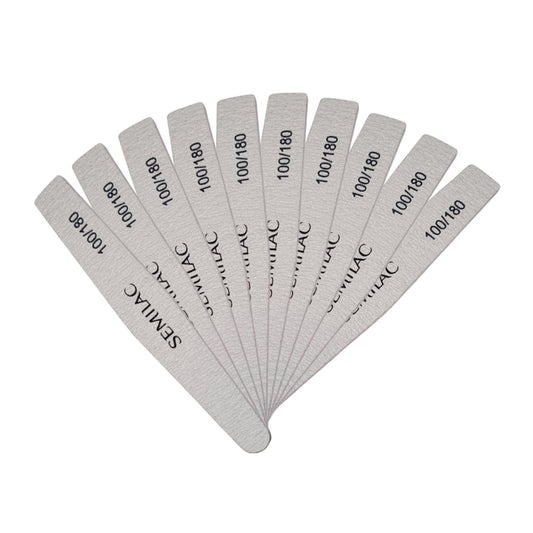

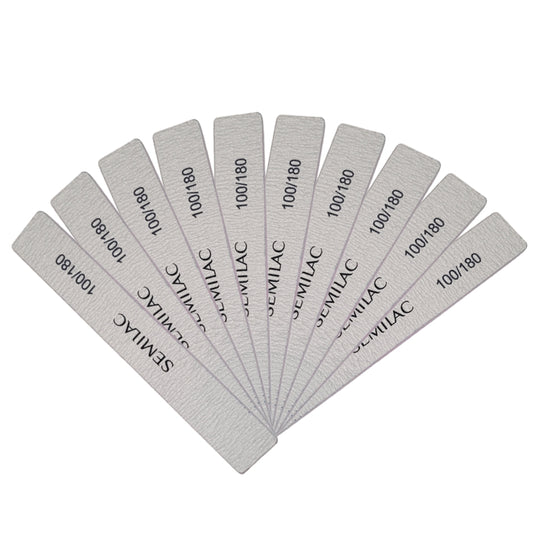

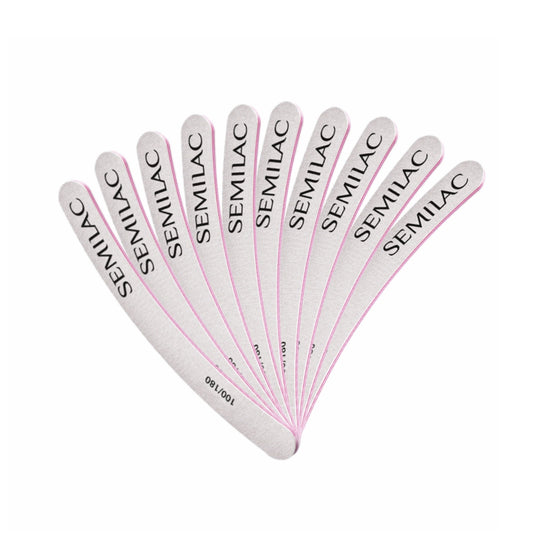
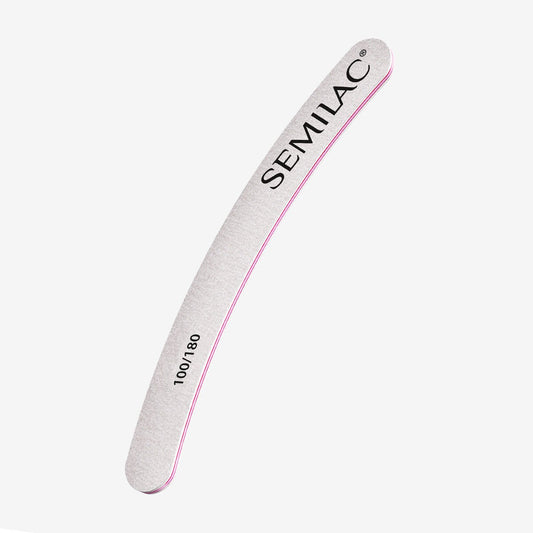
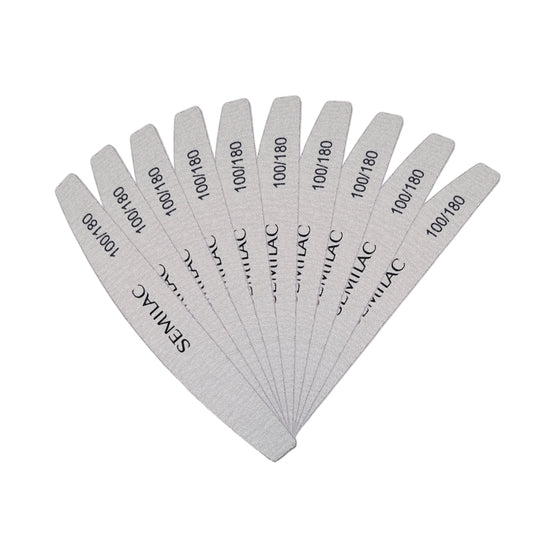
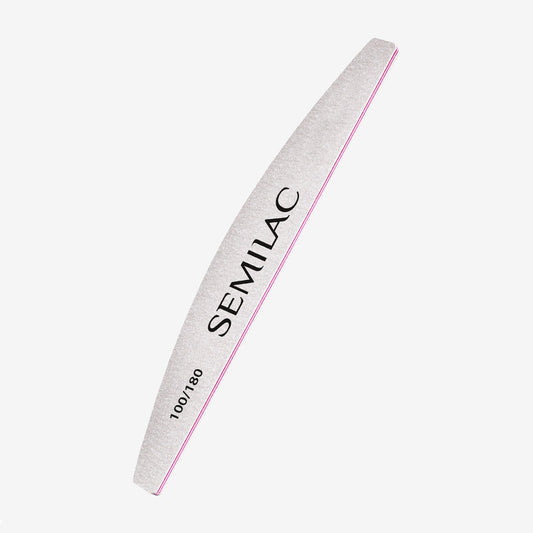
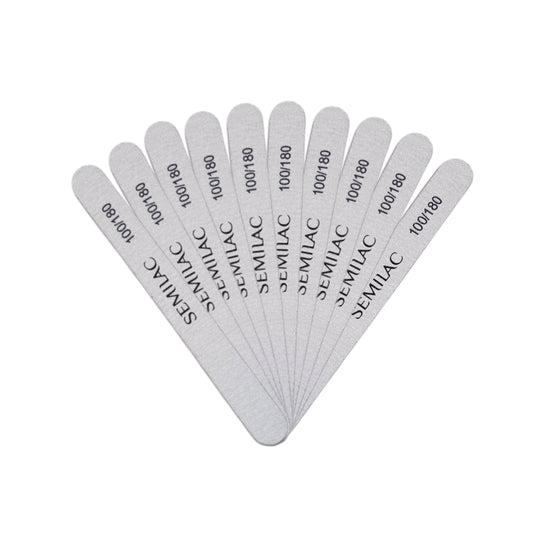
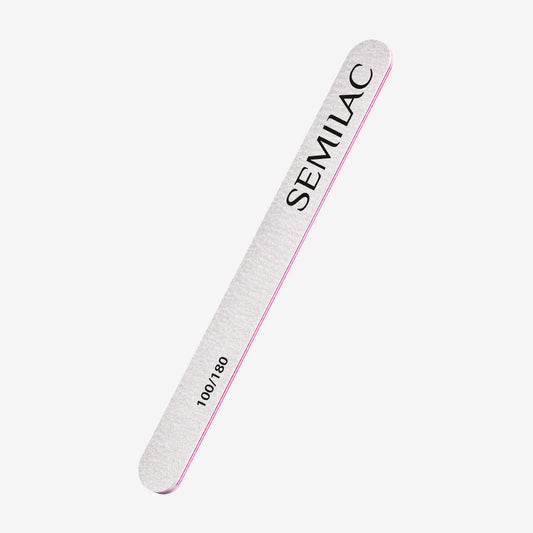
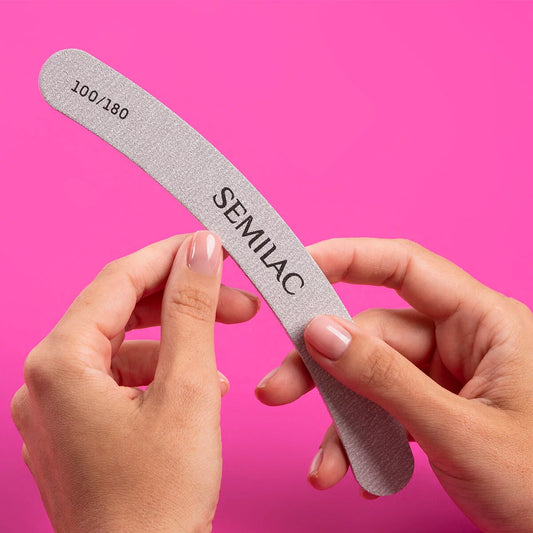
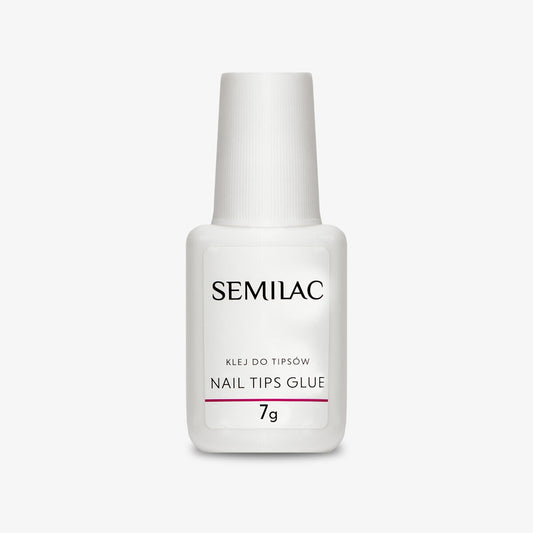
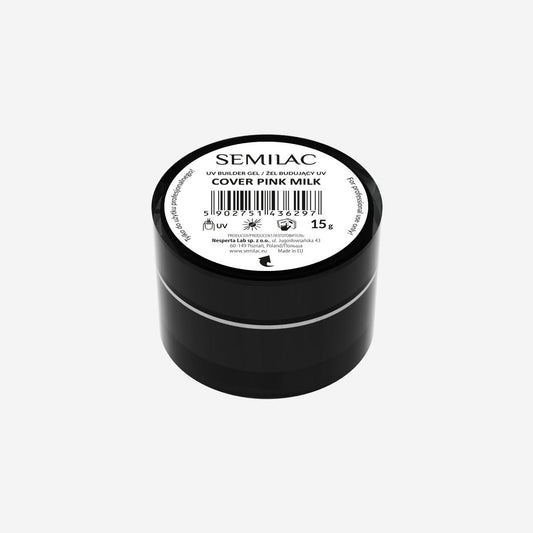
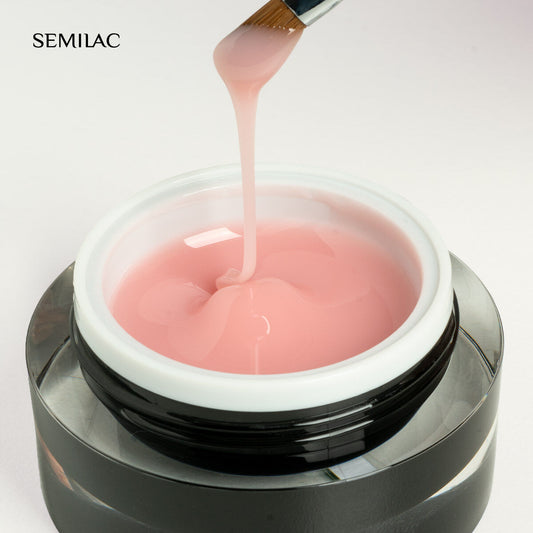
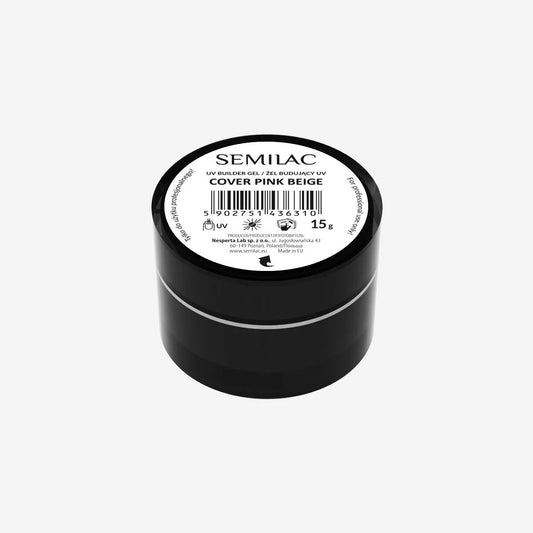
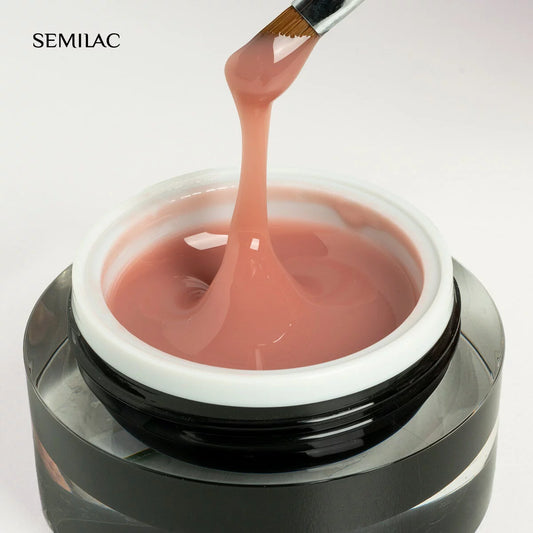
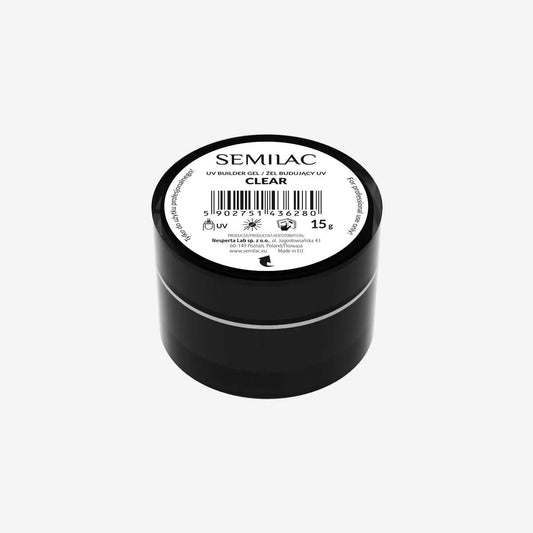
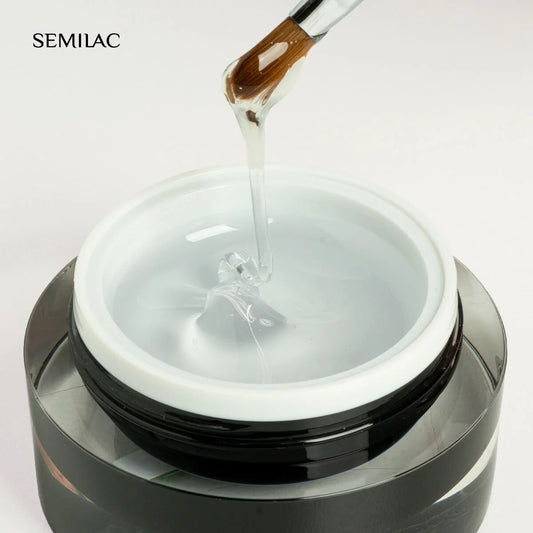
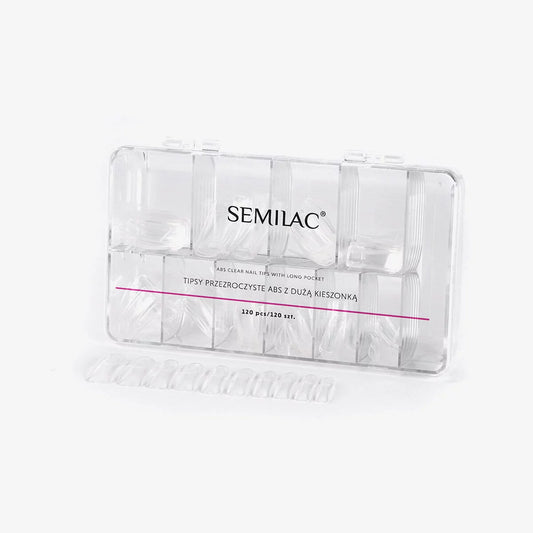
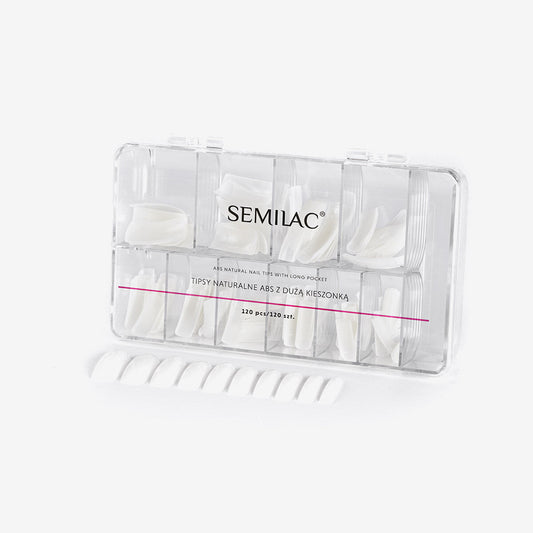
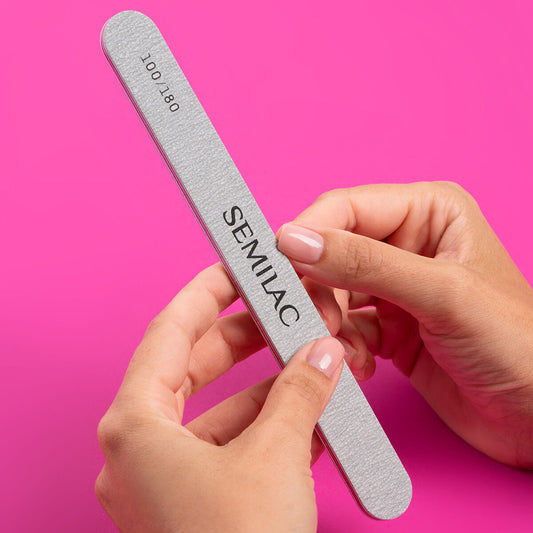

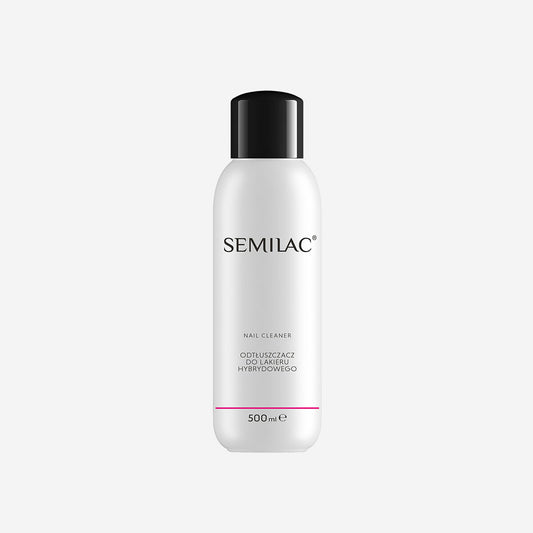
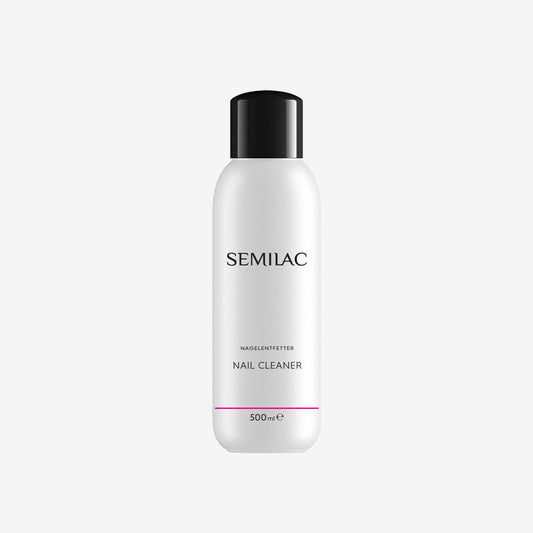
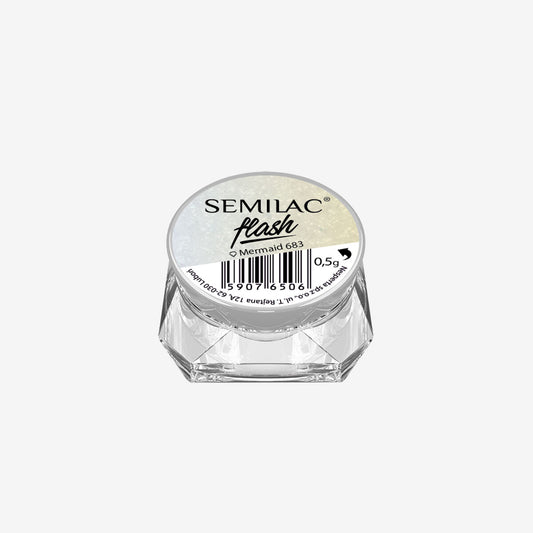
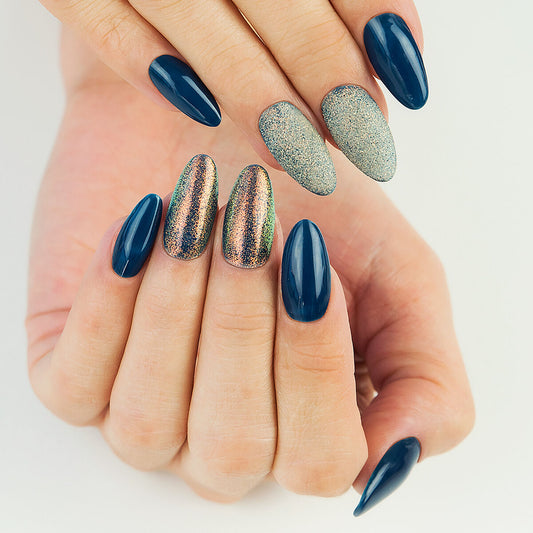
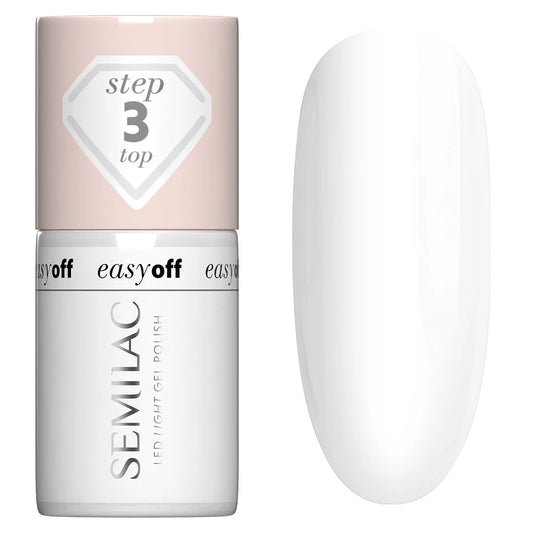
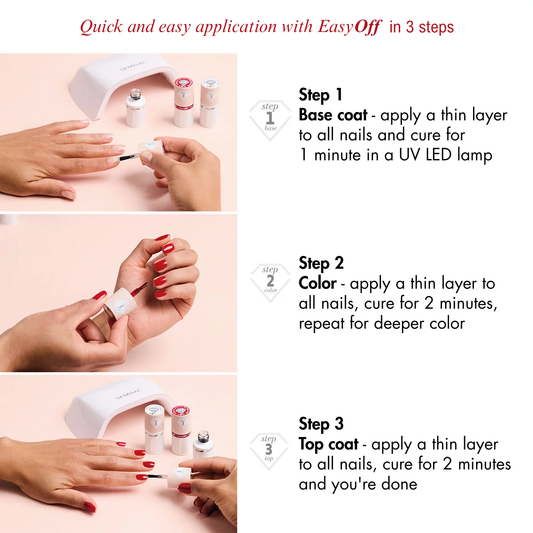
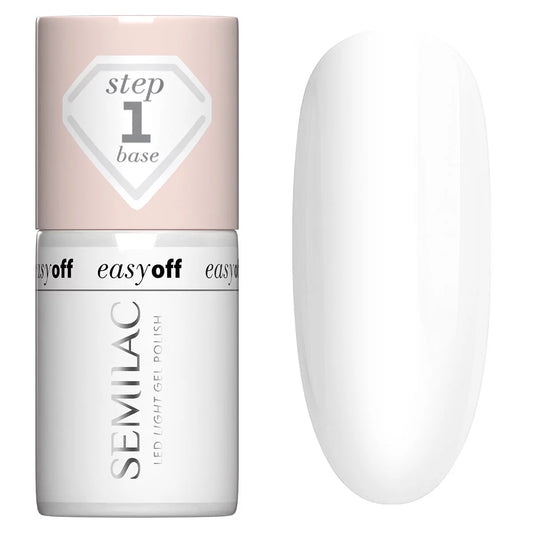
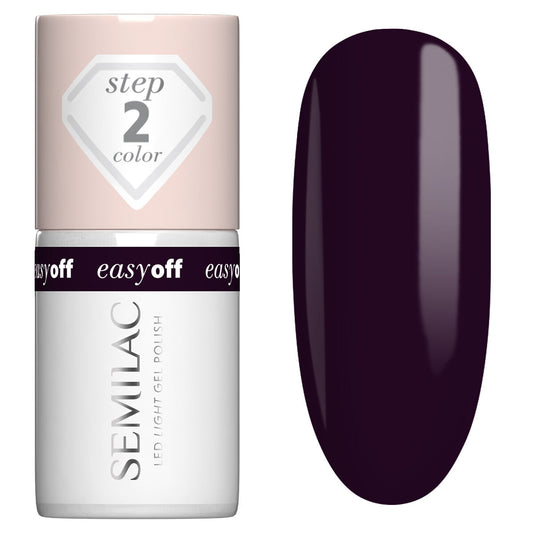
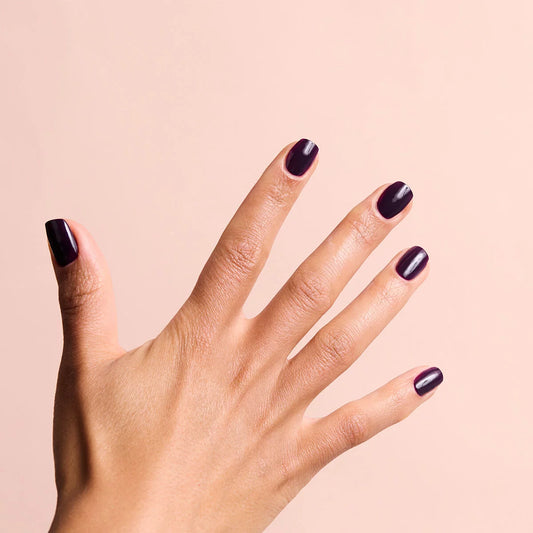
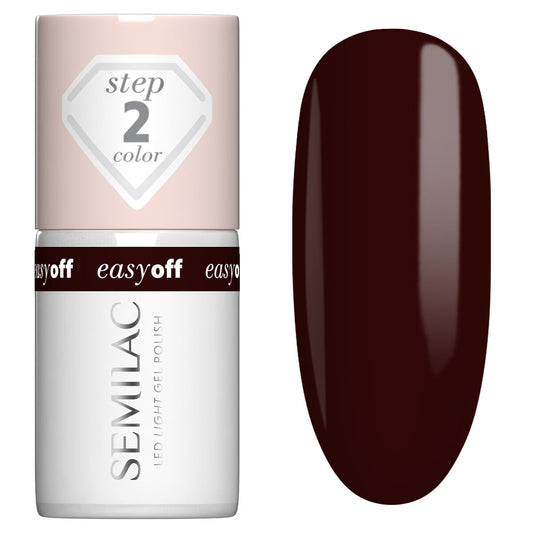
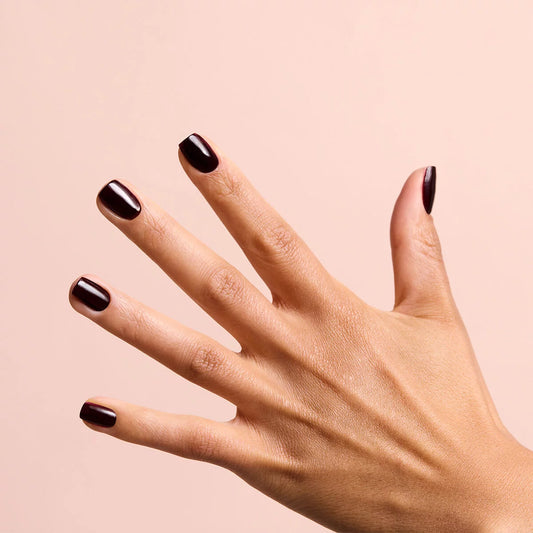
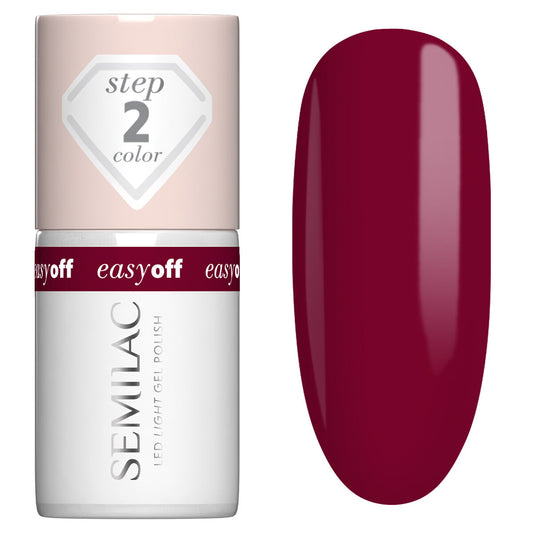
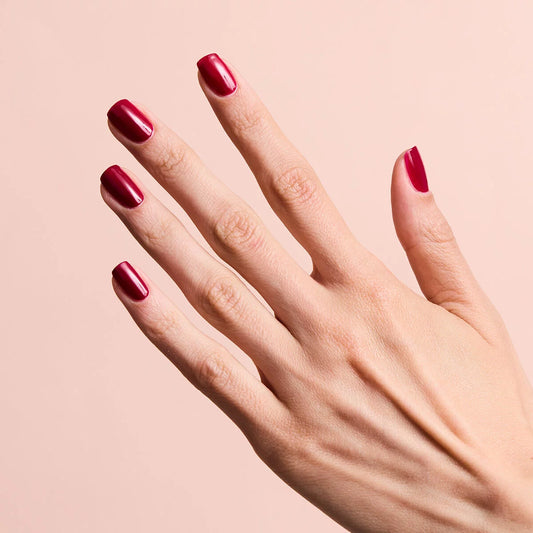
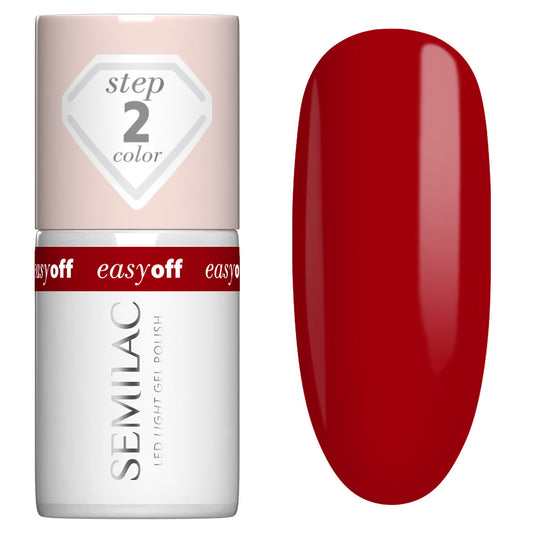
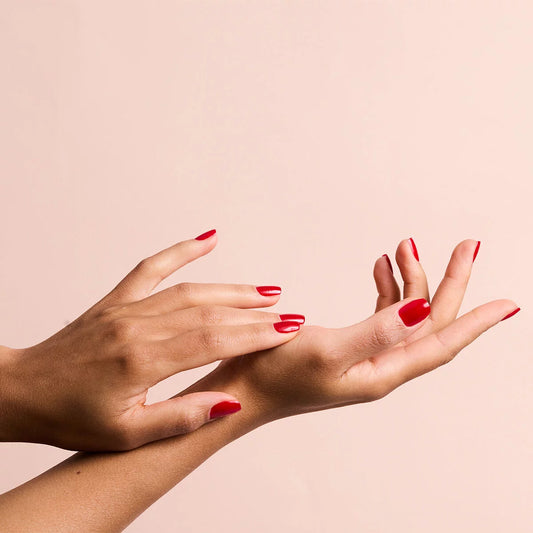
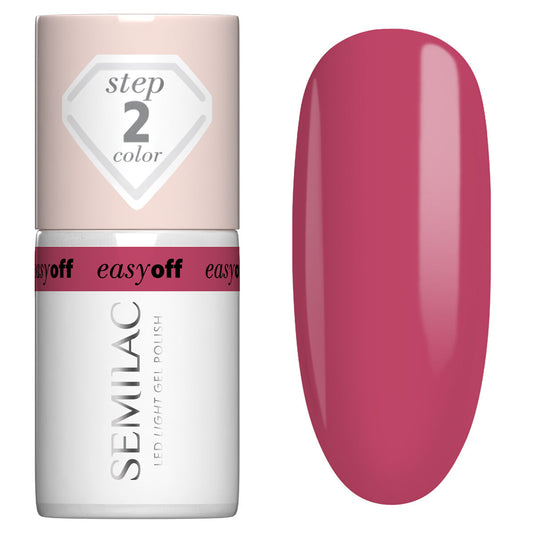
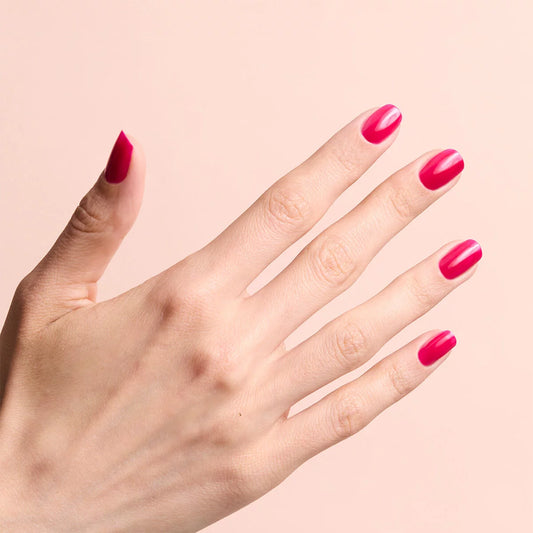
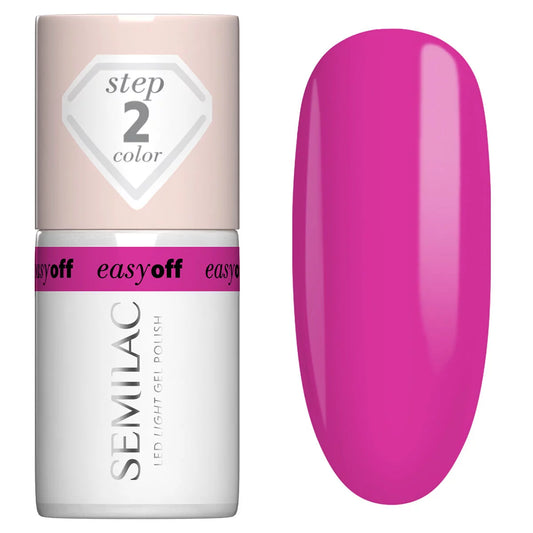
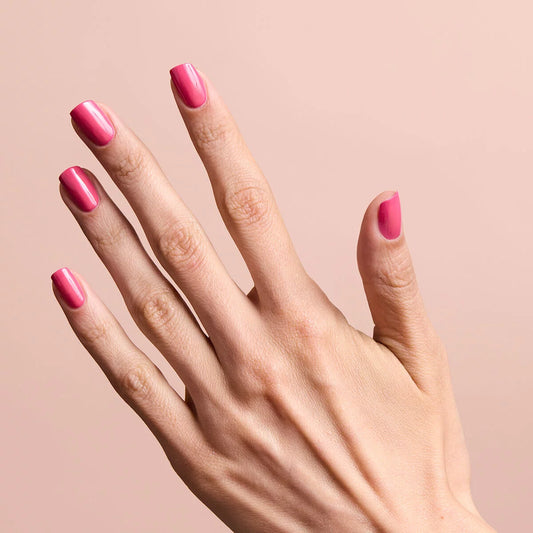
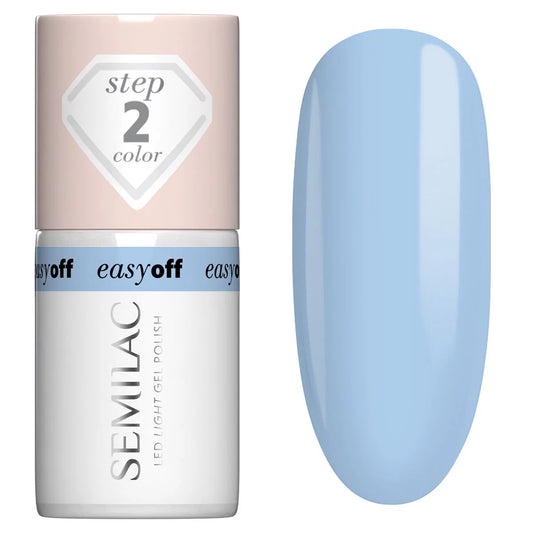
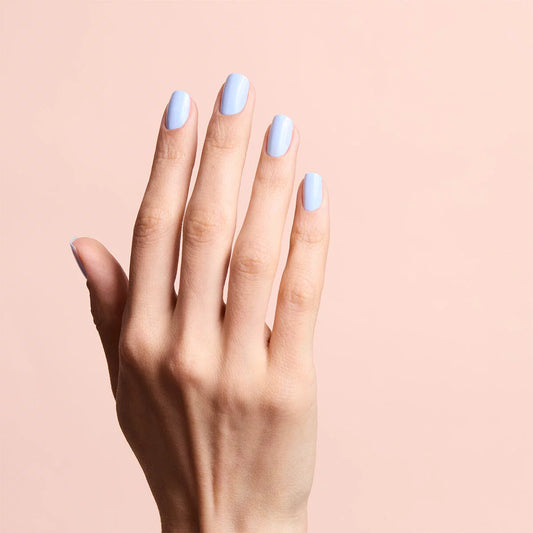
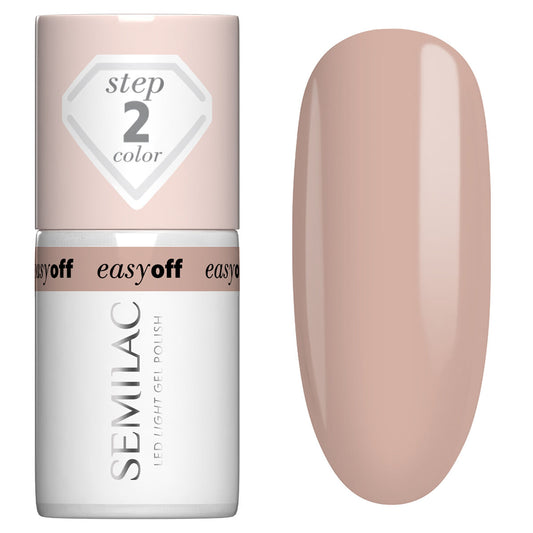
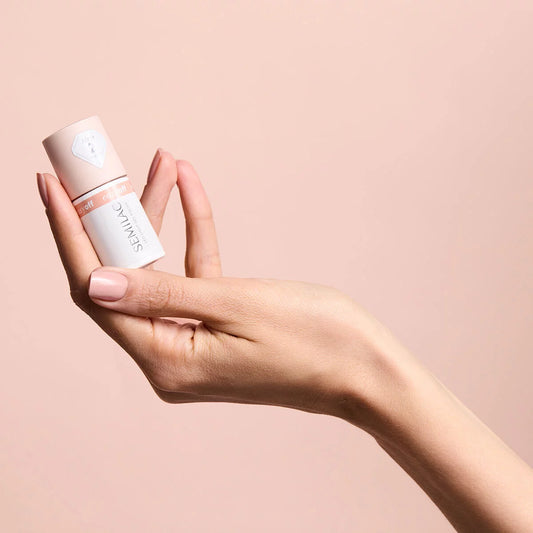
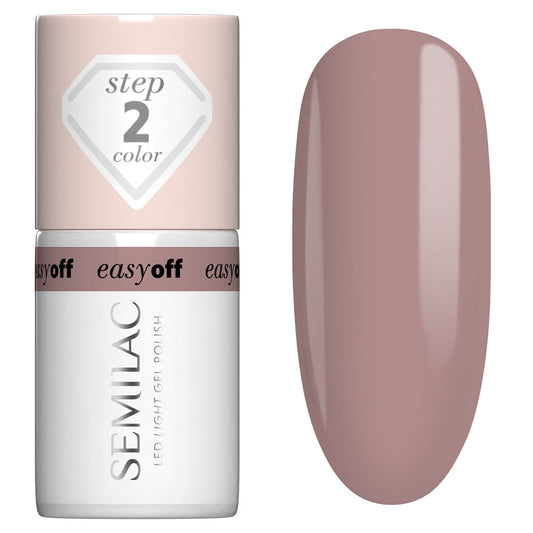
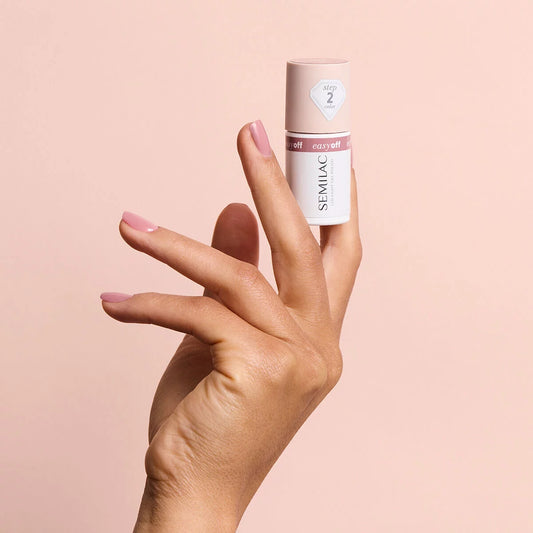
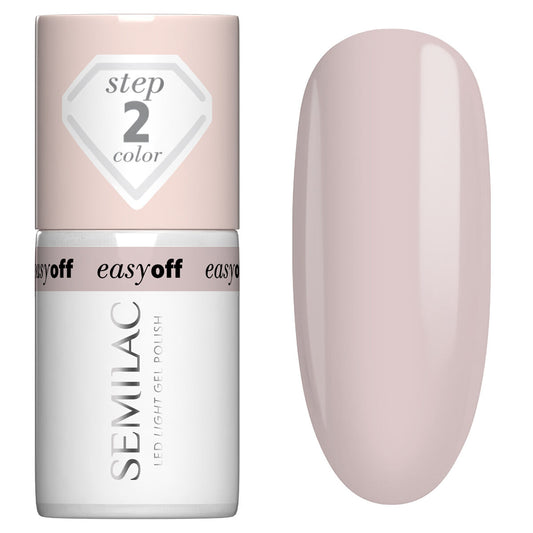
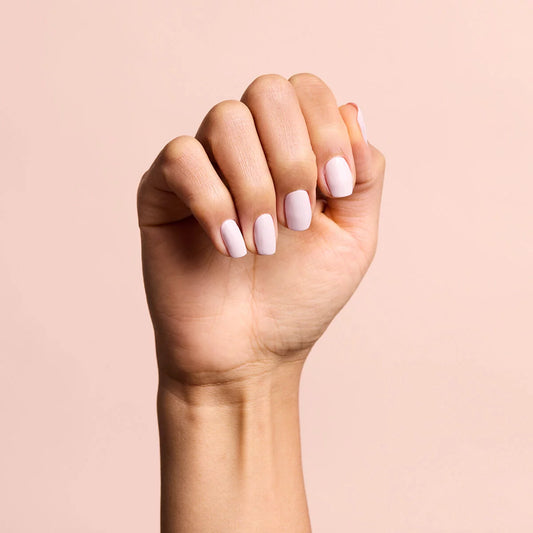
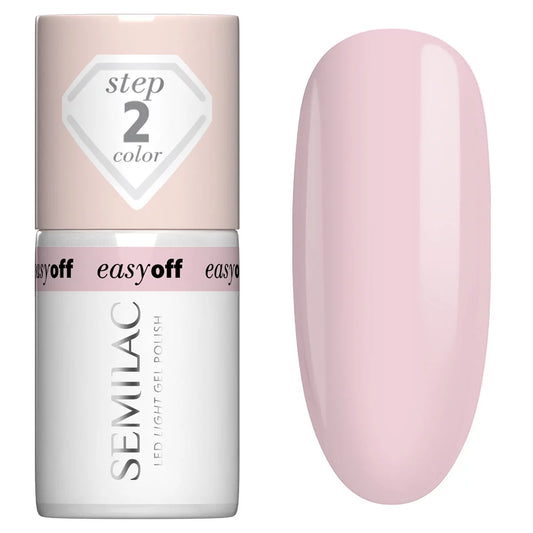
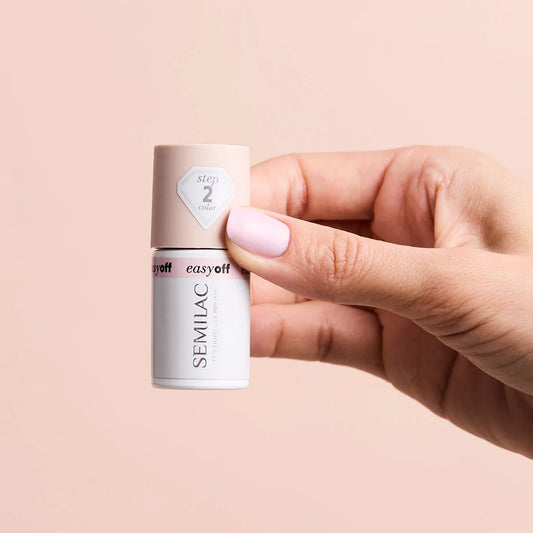
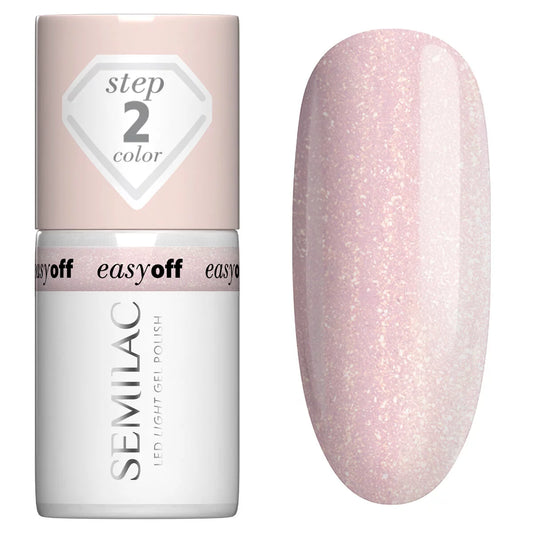
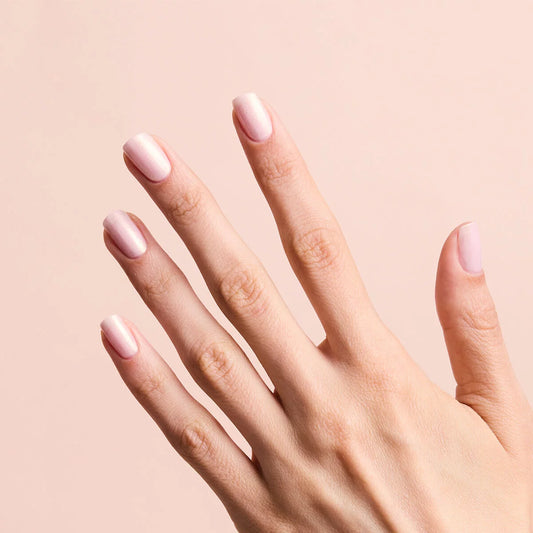
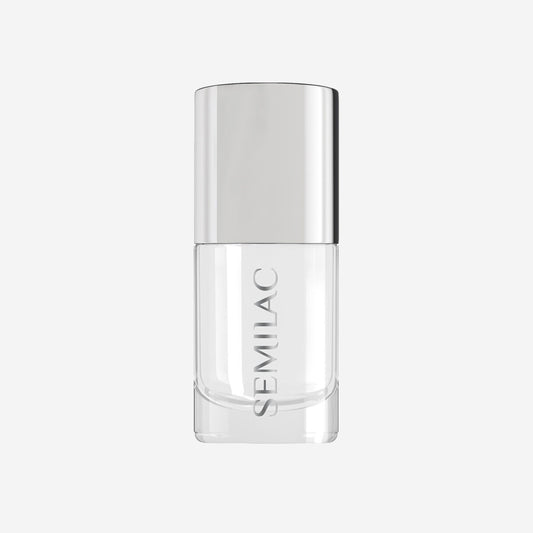
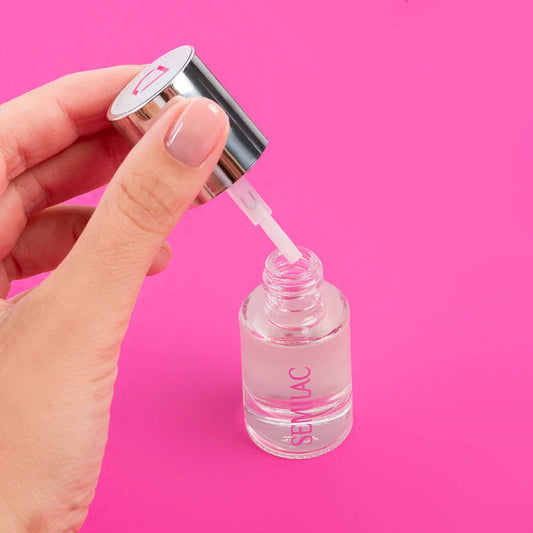

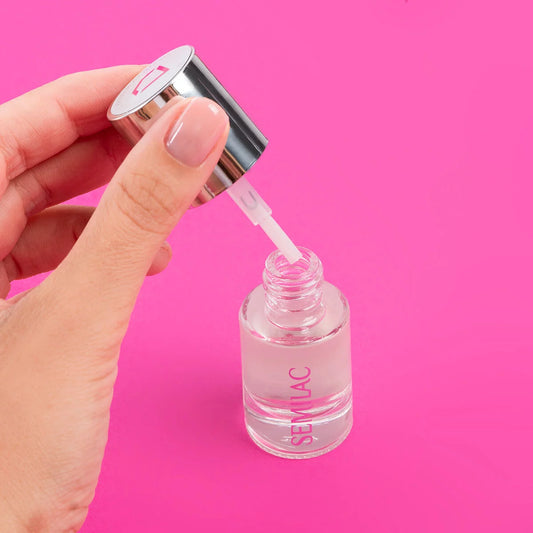
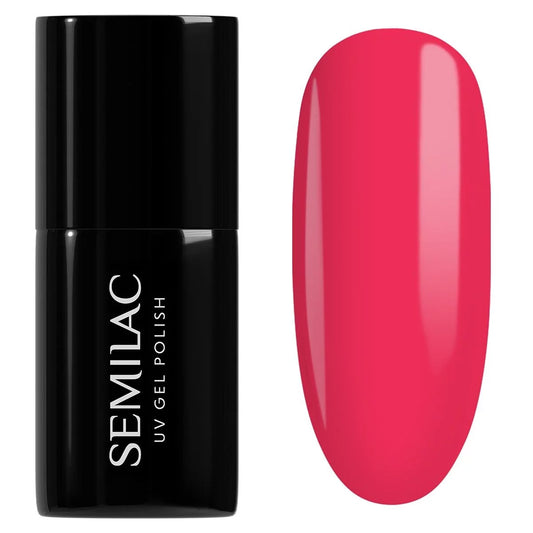
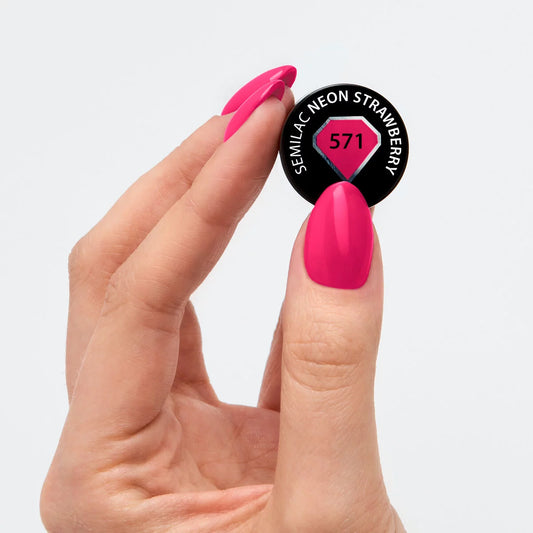
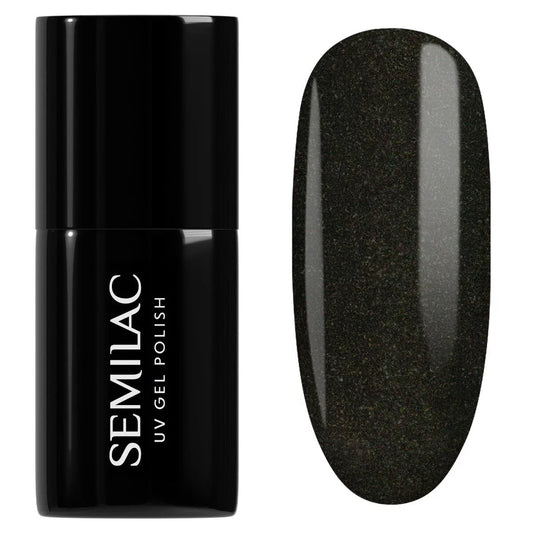
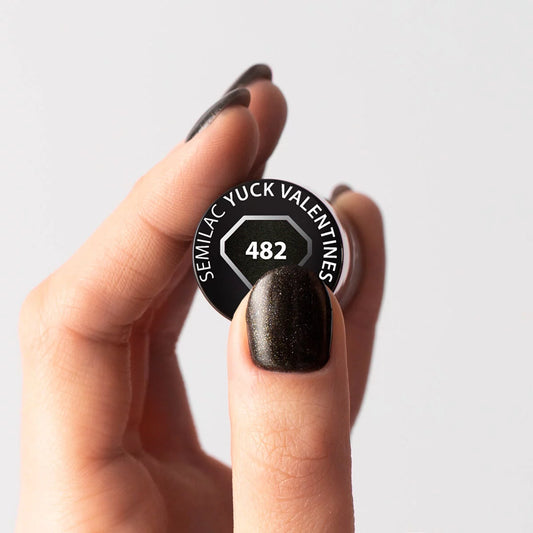
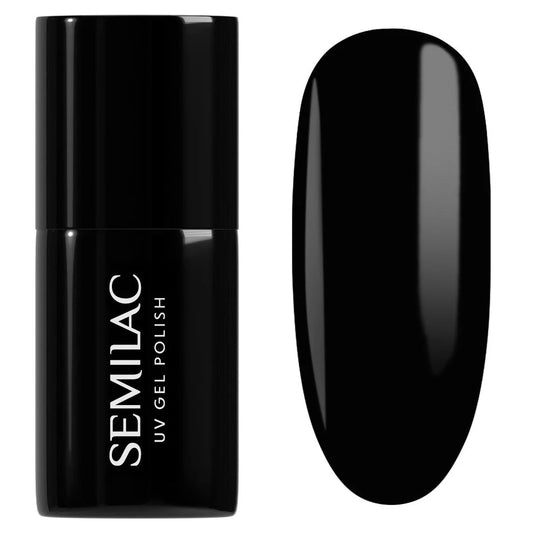
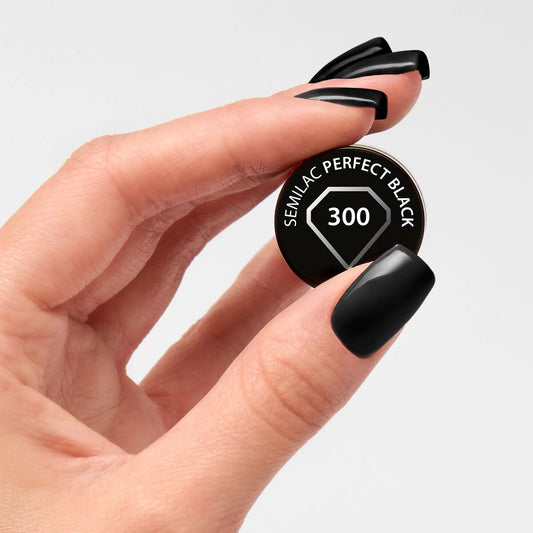
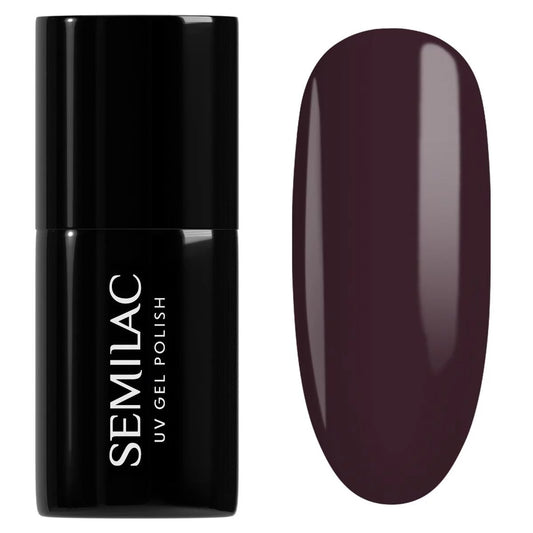
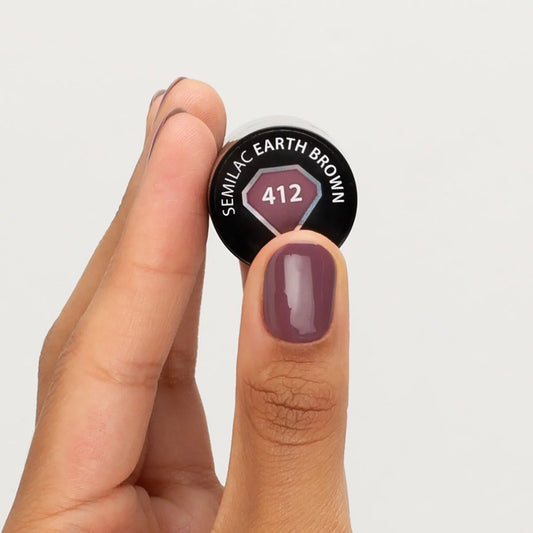
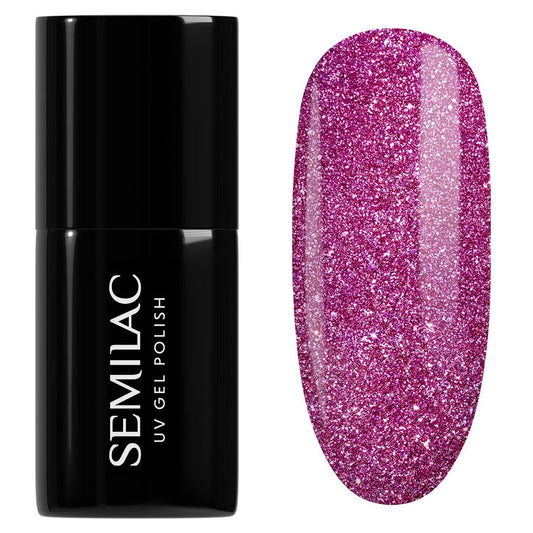
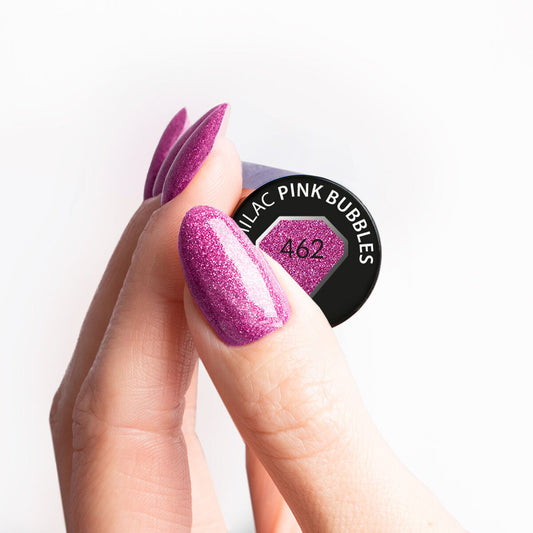
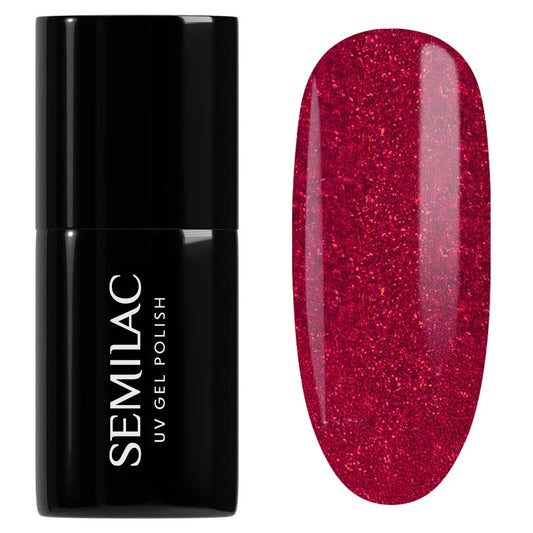
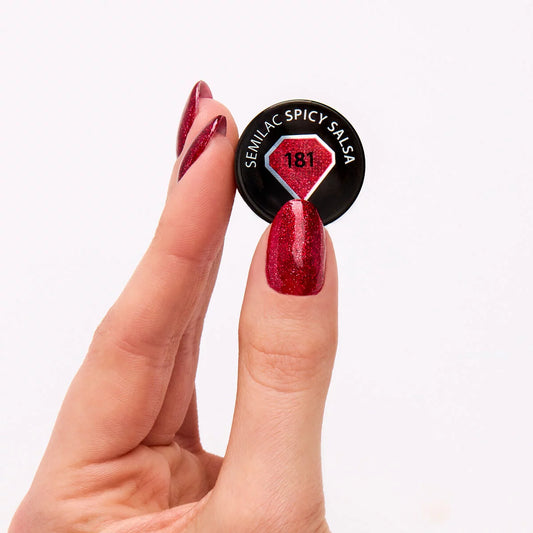
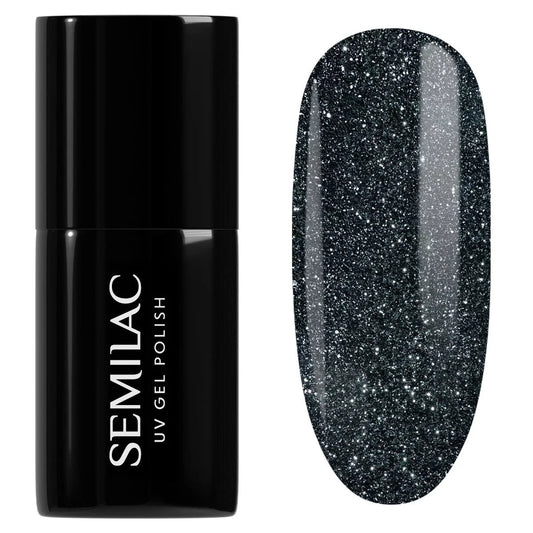
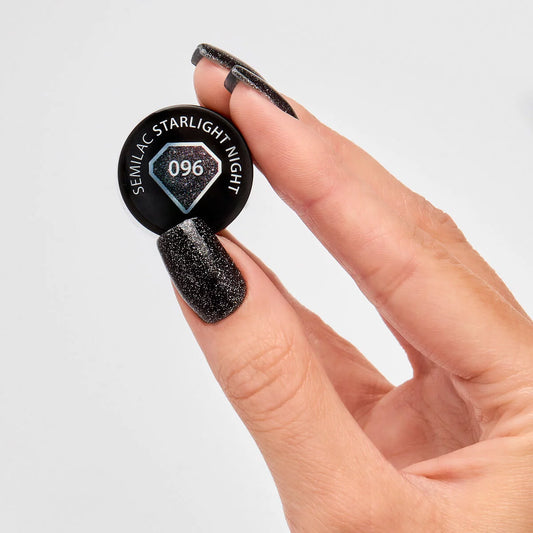
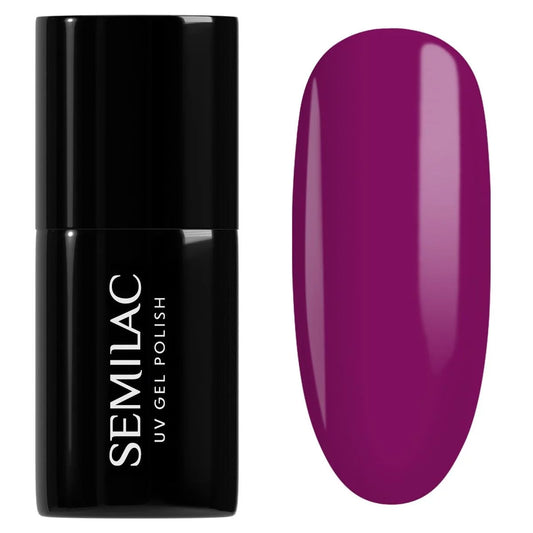
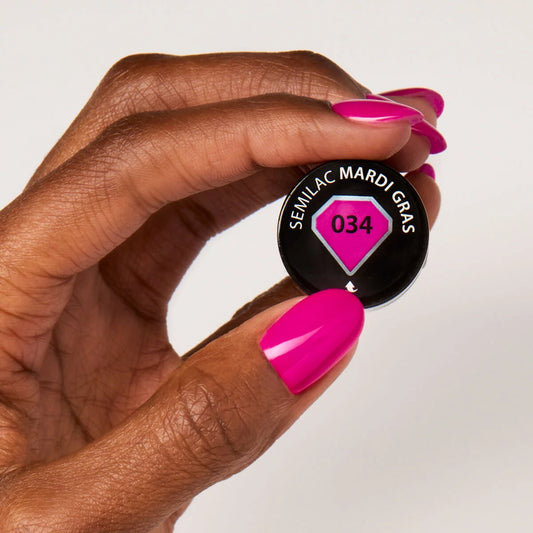
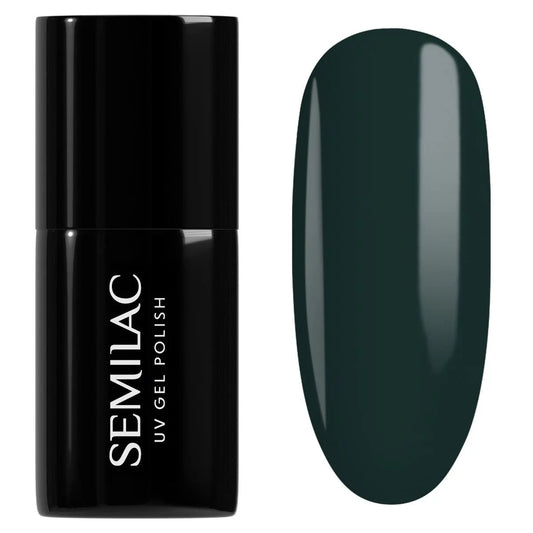
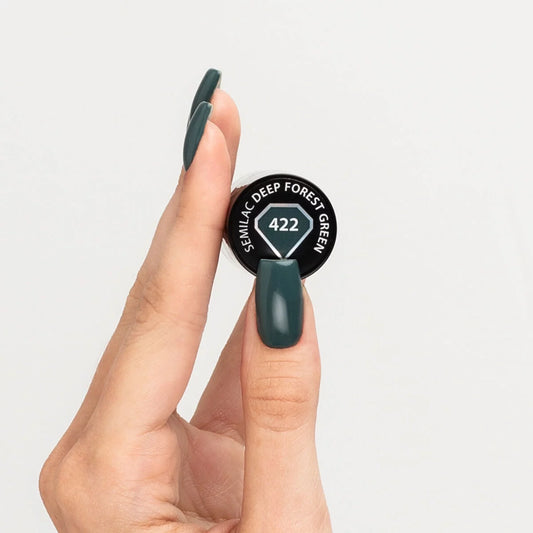
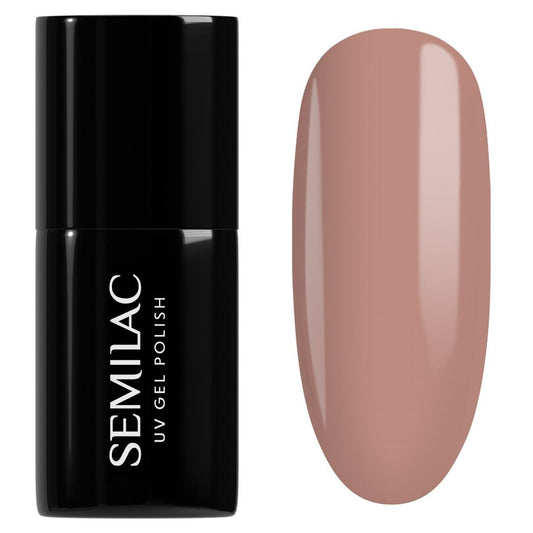
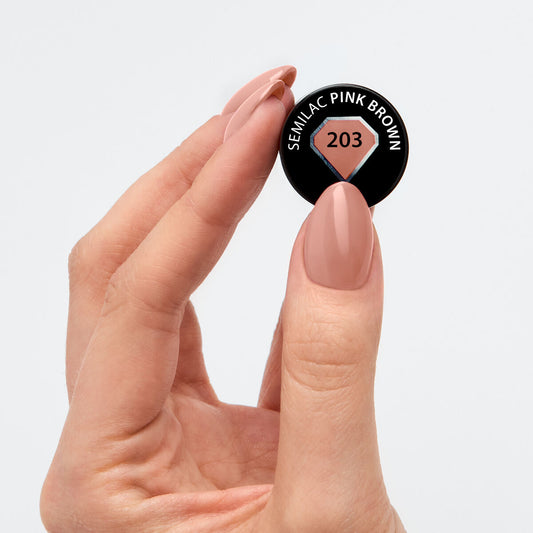
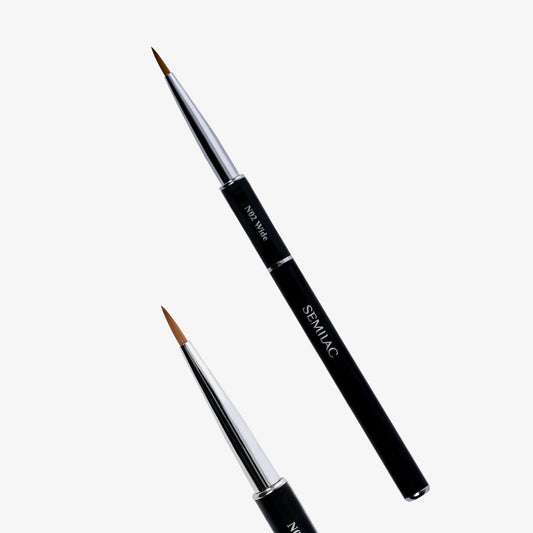
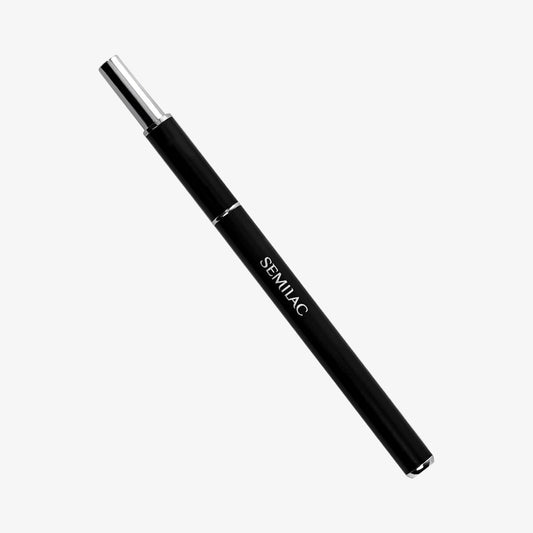
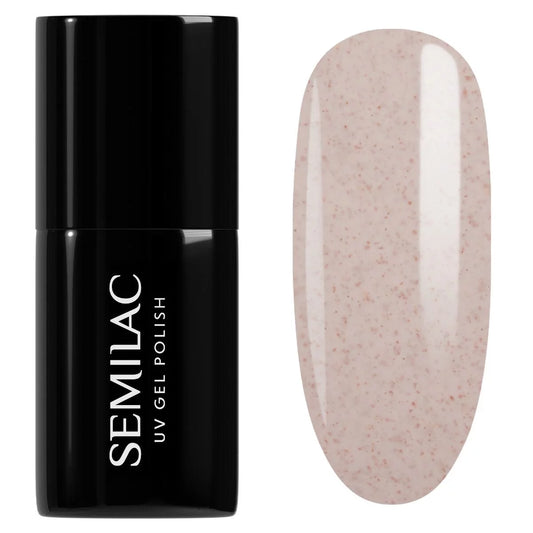
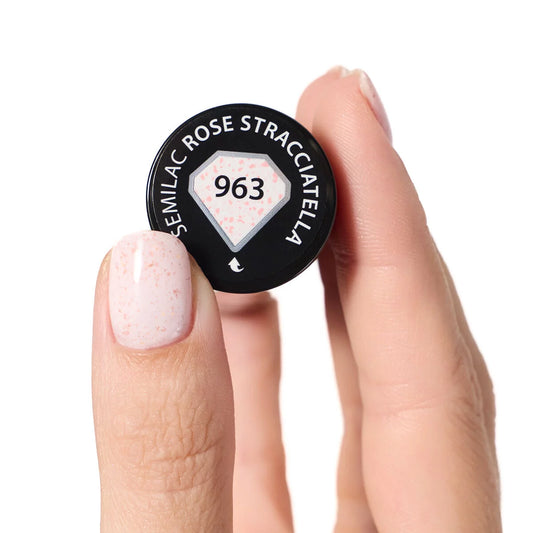
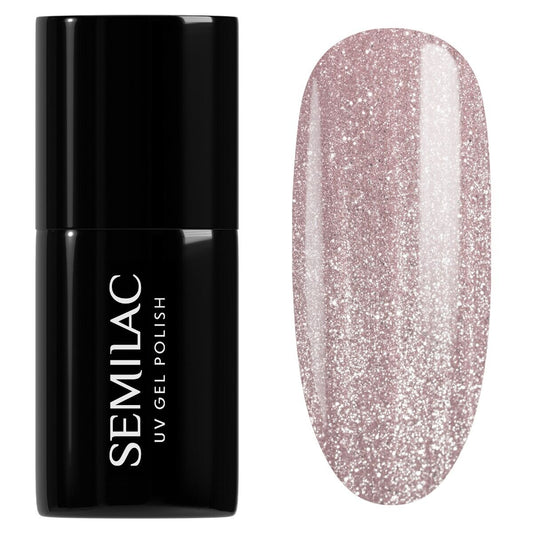

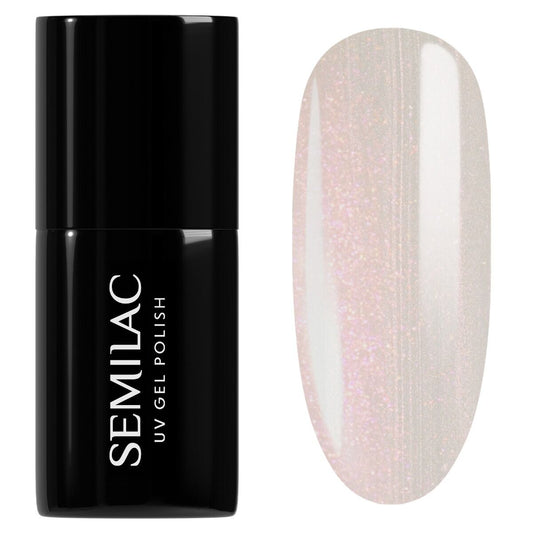
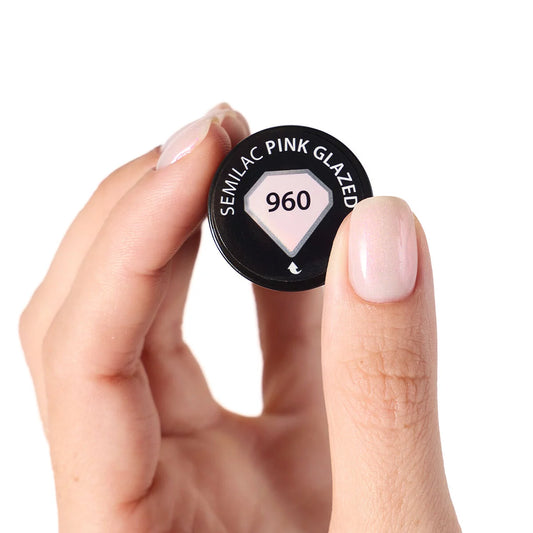
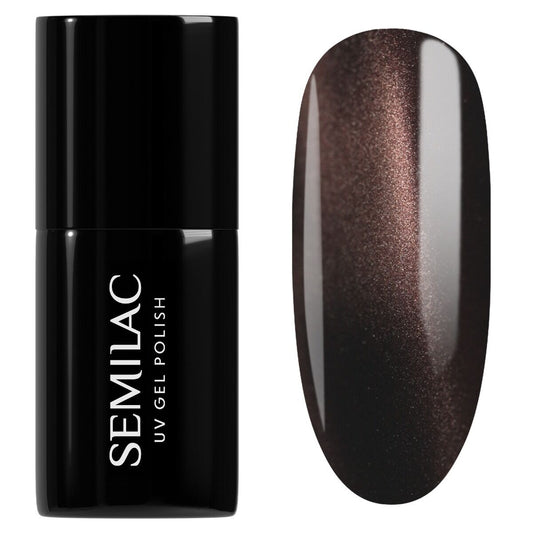
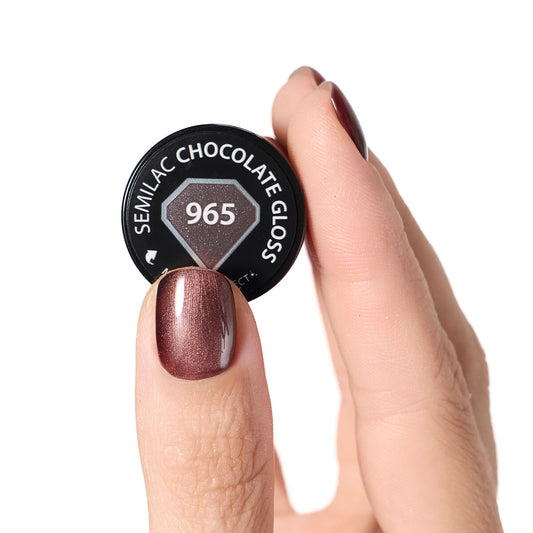
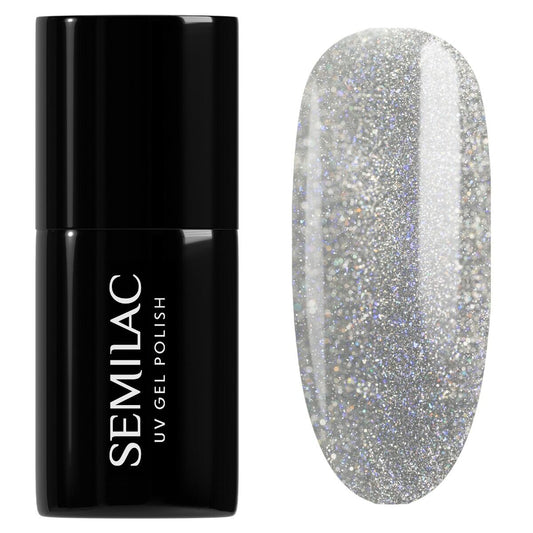
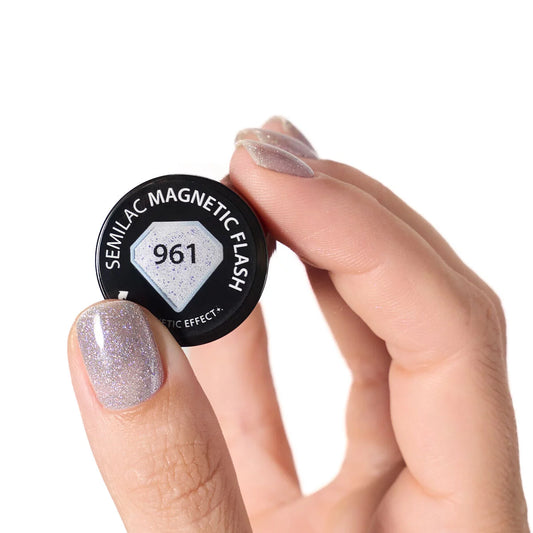


0 comments